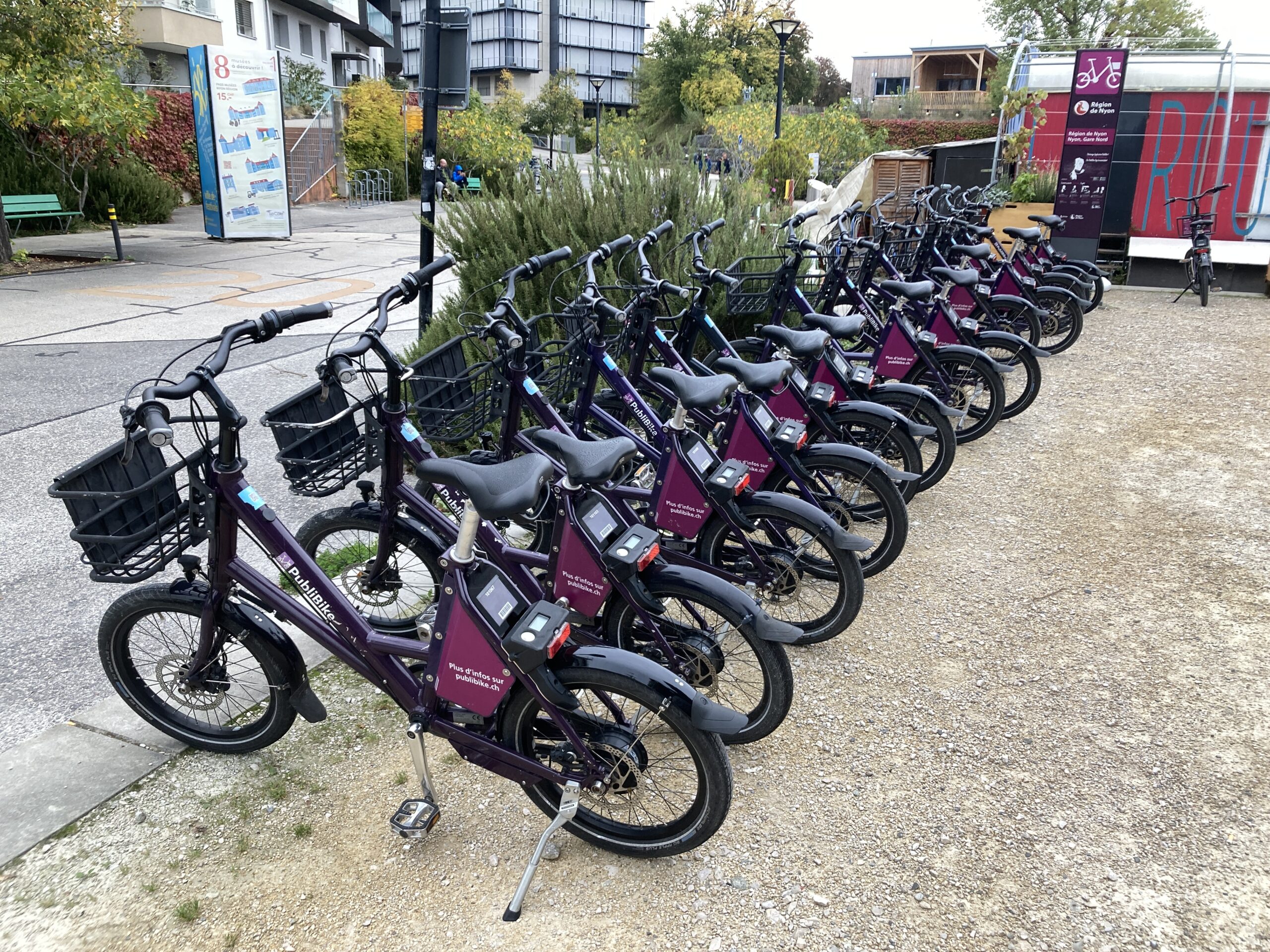Category: Switzerland
-

Two Hundred and Fifty Cameras to cover the Superbowl 59 (LIX)
Reading Time: < 1 minuteImagine covering an event with almost two hundred and fifty cameras.. What strikes me about this article is that although hundreds of cameras will be used there is no mention of how many of these cameras will be operated by human beings rather than automated, or locked off to get a…
-

Thoughts on the Midnight Library
Reading Time: 2 minutesIn December I read The Midnight Library with ease. It is a lighter book than others and I could see parallels between Midnight Library and The Good Place. Specifically imagine a reality where you get to try reality after reality, after reality until you learn what you needed to learn, before the…
-

Wordle and Word Tips
Reading Time: 2 minutesRecently I started playing Wordle again and I have a win streak of thirty four days. Now that I have written this down I will lose it within a day or two, for being too confident. Some people have been playing for over 1000 days and I would assume that within two…
-

test post for bluesky and indieweb.social
Reading Time: < 1 minutetest post for bluesky and indieweb.social. Last night I broke my connection to the fedivere.
-

-

Electricity Maps and HomeAssistant
Reading Time: < 1 minuteThe building I live in has solar panels on the roof and a heat pump. This allows it to be more energy efficient than other buildings. It also has thick insulation on the walls and more. Recently I have been playing with Homeassistant and electricity Maps. Electricity Maps is a real…
-

Conversing to the Fediverse With WordPress
Reading Time: < 1 minuteRecently I saw a post stating that WordPress can speak with the fediverse more effectively. For months we could post to the fediverse but if we replied to a toot via WordPress it would be lost. Those on Mastodon instances would comment but be "ignored". For months I thought that it…
-

Playing with Galaxus Mobile
Reading Time: 2 minutesThere is a chance that I have had the same Swisscom contract since 2003 or 2007 non-stop. In that time I have been very happy with network coverage. What I am less happy with is the price. At seventy or more francs for unlimited data it becomes very expensive on a yearly…
-

An Arte Documentary Series about Cars
Reading Time: 2 minutesLast night I watched two episodes in a documentary series about a brief history of cars. In the first documentary we see a discussion about the history of cars from the 19th century to modern day with the use of archive footage. In the second we see how the car helped with…
